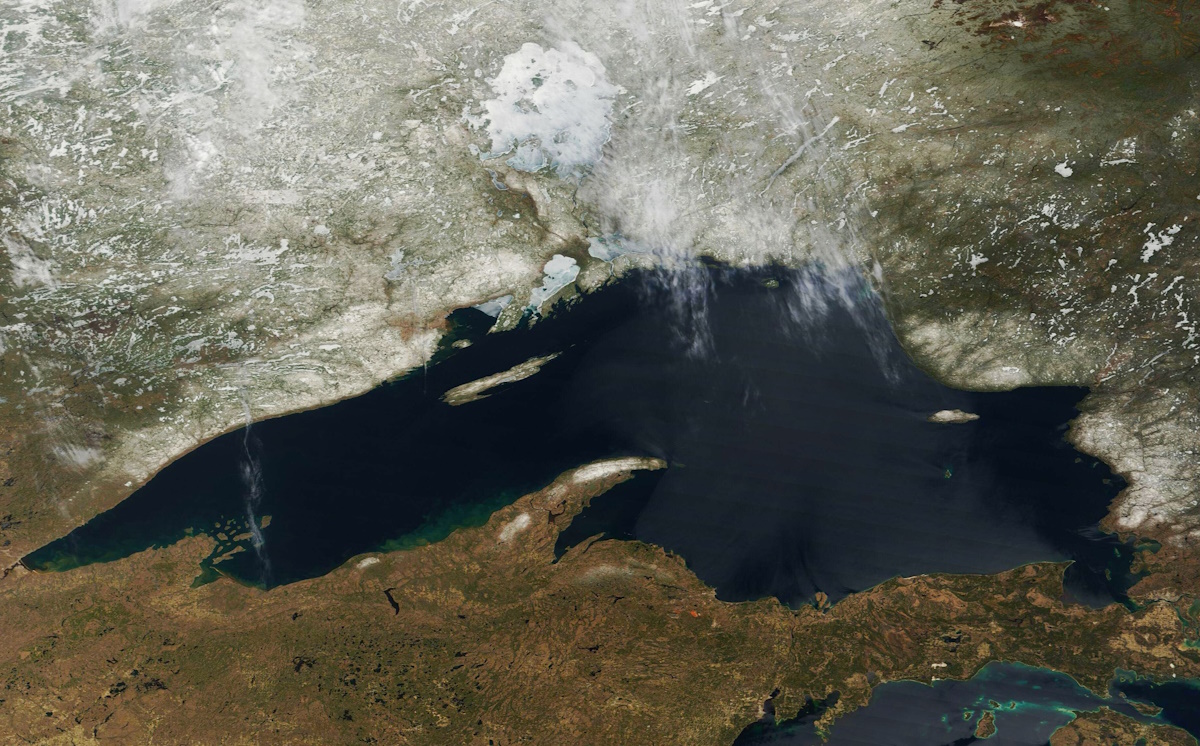Unveiling Lake Superior: The Jewel of the Great Lakes
Lake Superior, the largest, deepest, and coldest of North America’s Great Lakes, holds a captivating allure for both explorers and scientists alike. Its immense size, pristine waters, and rich history have made it a subject of fascination for centuries.
Let’s dive into the remarkable world of Lake Superior and uncover some of its most intriguing secrets.
Vastness and Volume:
Stretching across an impressive 31,700 square miles (82,100 square kilometers), Lake Superior boasts the largest surface area of any freshwater lake on the planet. It’s so vast that you could fit all the other Great Lakes within its boundaries, with room to spare. With an average depth of 483 feet (147 meters), and a maximum depth of 1,332 feet (406 meters), its depths remain largely unexplored.
A World of Freshwater:
Lake Superior holds a staggering 10% of the world’s surface freshwater. Its immense volume is enough to submerge both North and South America under a foot of water. This immense freshwater reservoir is not only a source of life for the region’s diverse ecosystem but also plays a vital role in regulating regional climate patterns.
Islands and Archipelagos:
Dotted with over 400 islands, Lake Superior is home to a unique island ecosystem. The largest island, Isle Royale, is a designated national park, renowned for its pristine wilderness and abundant wildlife. The Apostle Islands, another notable archipelago, captivates visitors with its sea caves, lighthouses, and picturesque scenery.
Shipwrecks and Maritime History:
Beneath Lake Superior’s surface lies a treasure trove of maritime history. Over 350 documented shipwrecks rest on the lakebed, many of which remain remarkably well-preserved due to the frigid waters. These shipwrecks offer glimpses into the region’s past and provide valuable insights into the challenges and triumphs of maritime exploration.
Biodiversity and Ecological Significance:
Lake Superior’s diverse ecosystem supports a wide array of plant and animal life. Its waters are home to over 80 fish species, including lake trout, whitefish, salmon, and walleye. The surrounding forests provide habitat for numerous wildlife species, such as wolves, moose, bears, and a variety of bird species.
Recreational Paradise:
For outdoor enthusiasts, Lake Superior offers endless opportunities for adventure. From kayaking and canoeing to hiking and camping, the lake and its surrounding wilderness cater to a wide range of interests. Fishing enthusiasts flock to its waters in pursuit of prized catches, while photographers are drawn to its breathtaking scenery.
Cultural Significance:
Lake Superior holds deep cultural significance for the Indigenous communities who have inhabited its shores for millennia. Their rich traditions and knowledge of the land and water are intertwined with the lake’s history. Today, efforts are being made to preserve and celebrate Indigenous cultural heritage in the region.
Conclusion:
Lake Superior is a natural wonder that continues to inspire awe and wonder. Its immense size, pristine waters, diverse ecosystem, and rich history make it a truly remarkable place. As we continue to learn more about its secrets, we are reminded of the importance of protecting and preserving this invaluable freshwater resource for generations to come.

